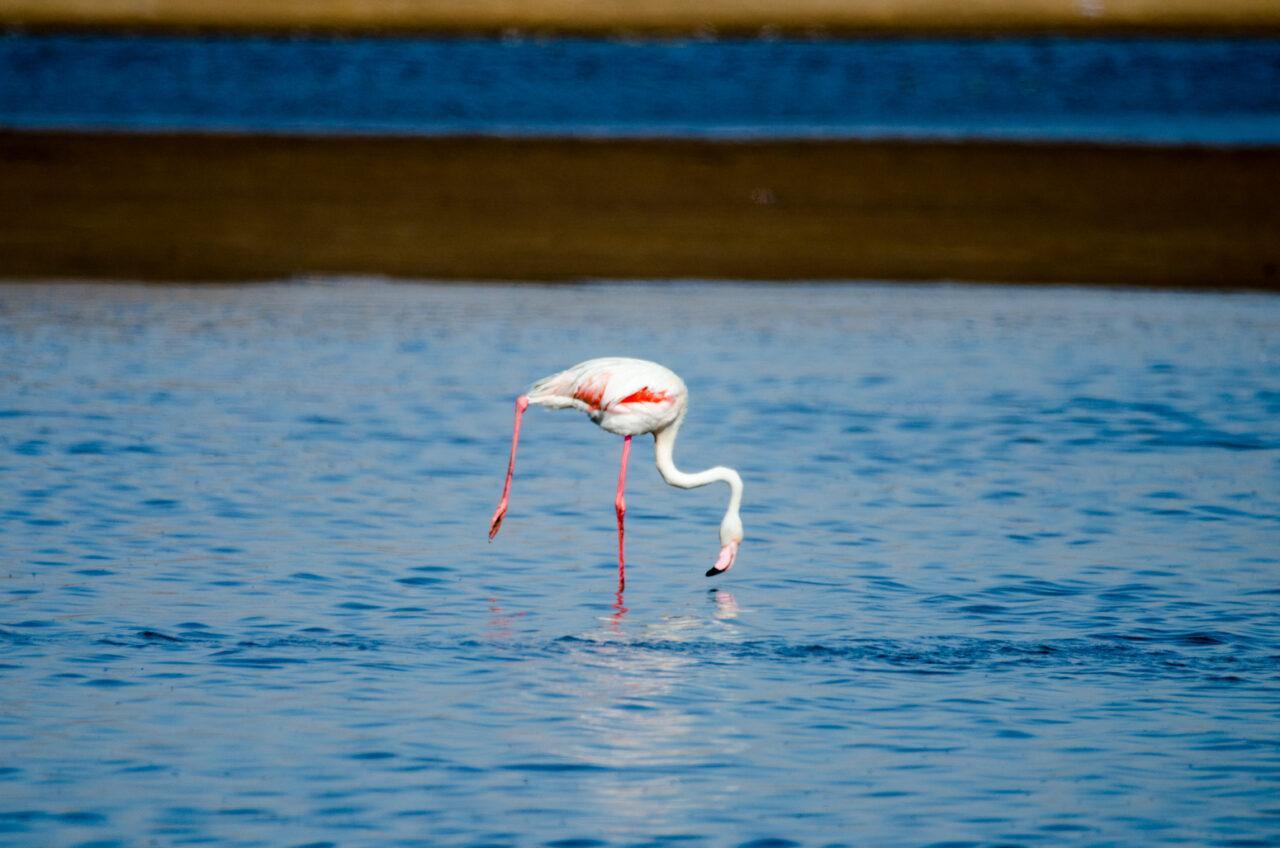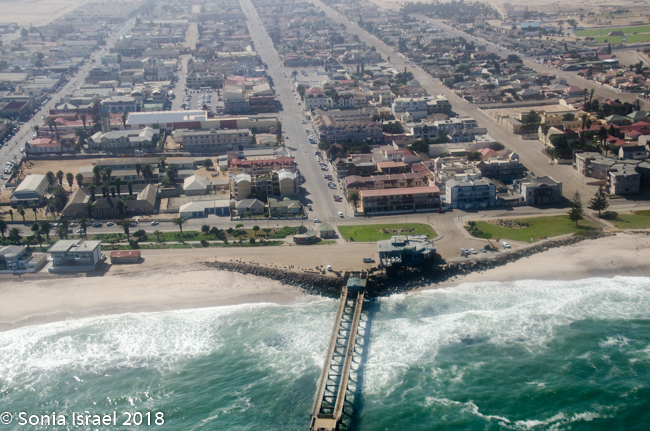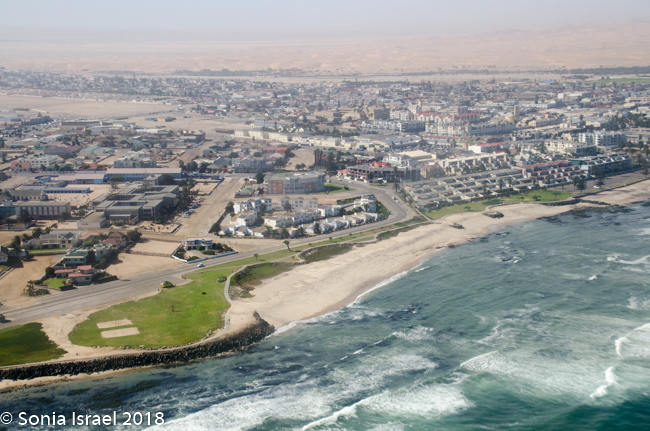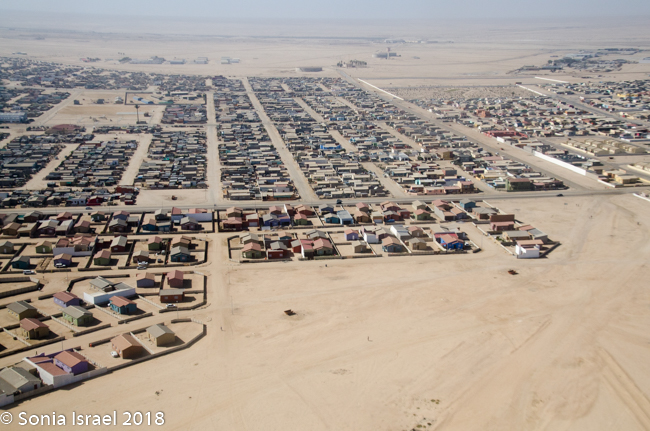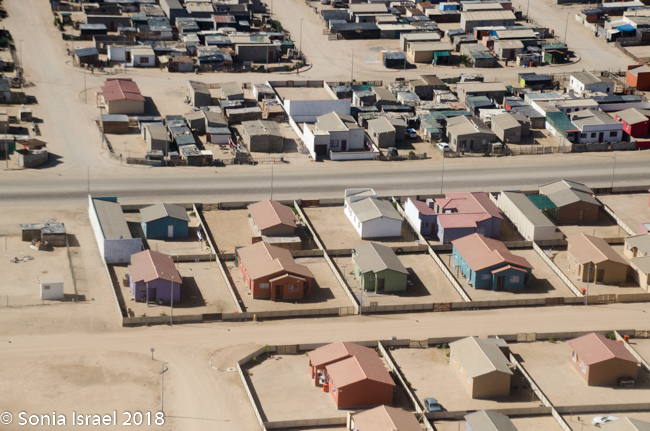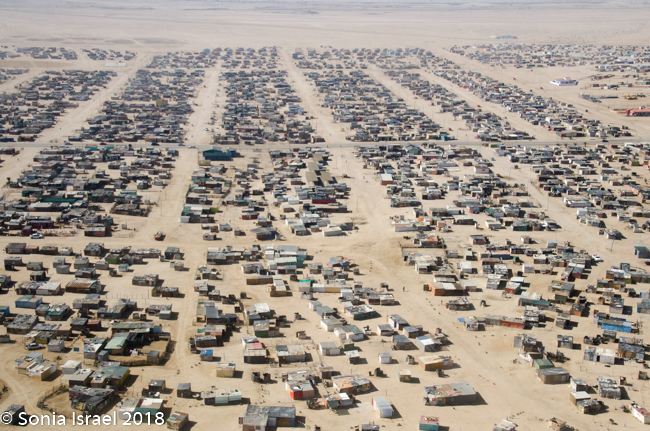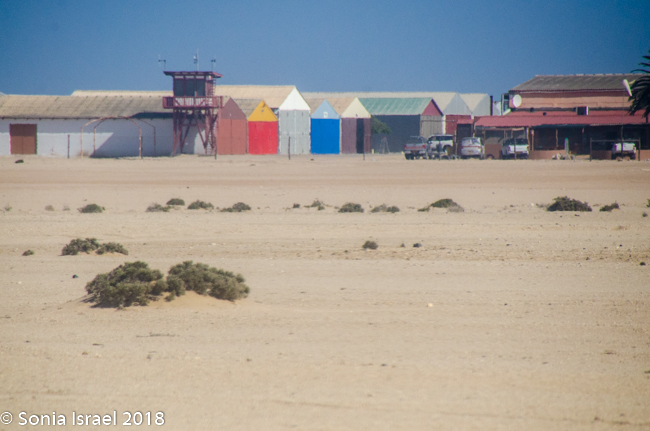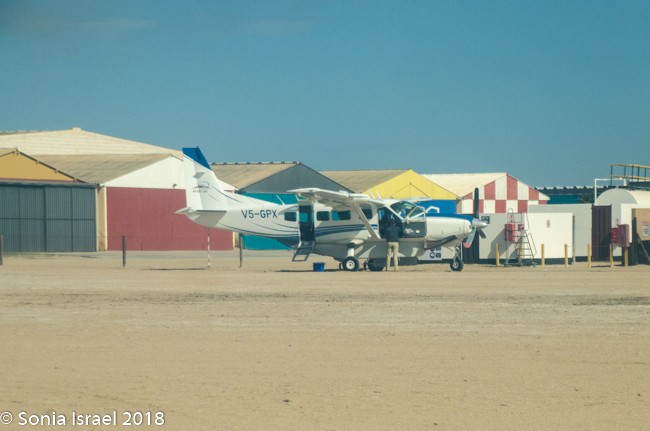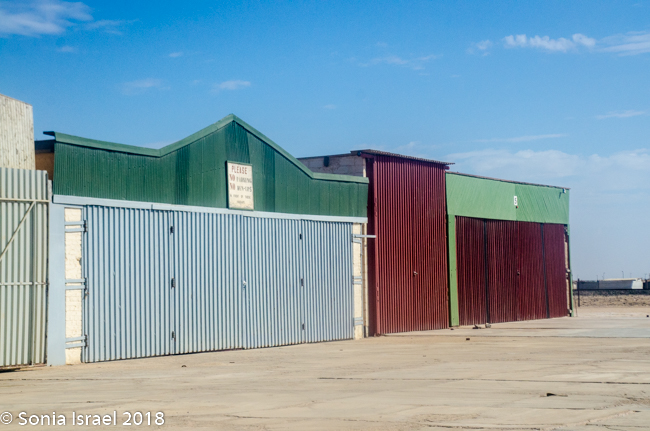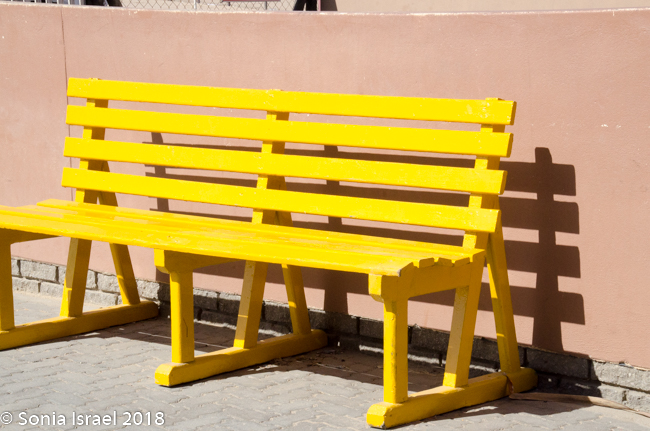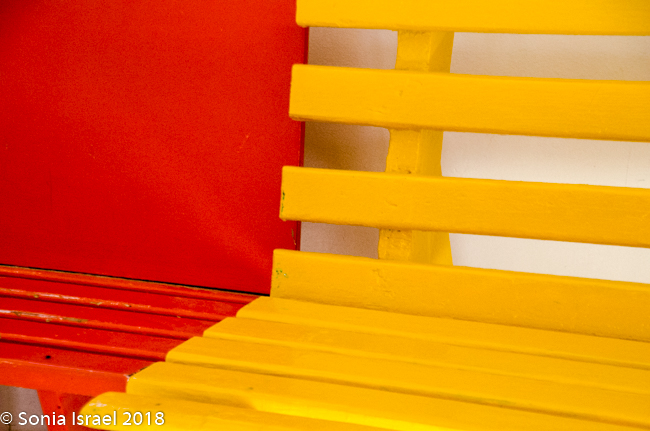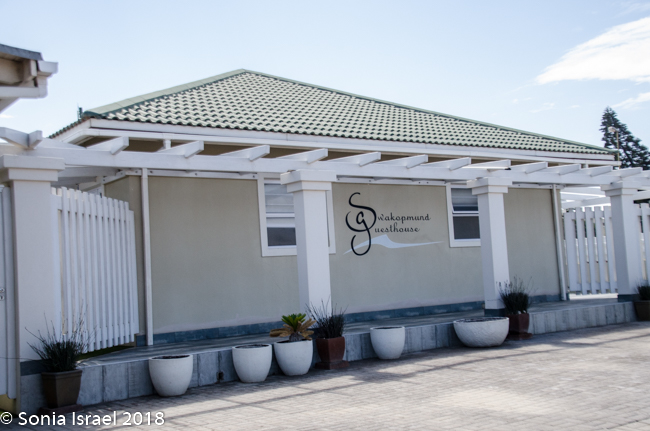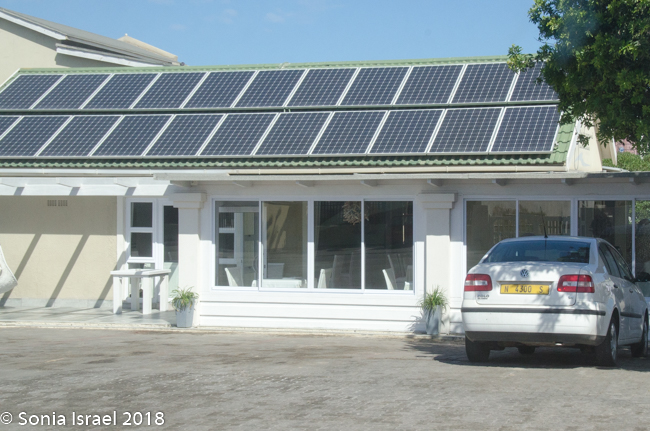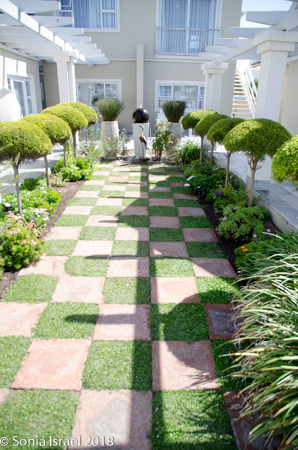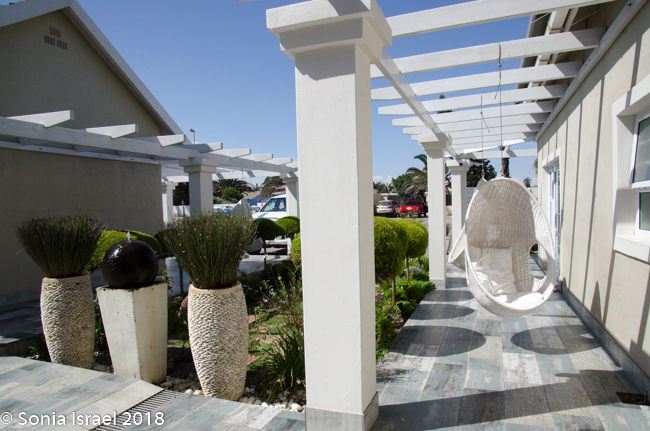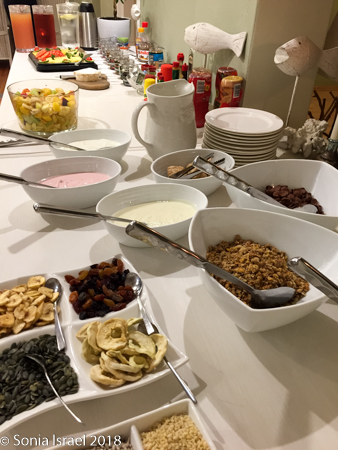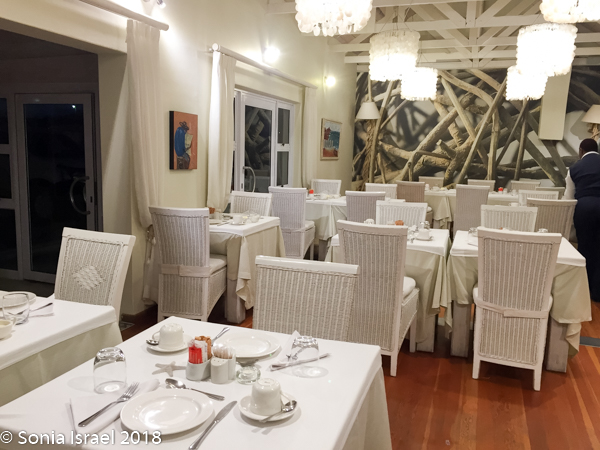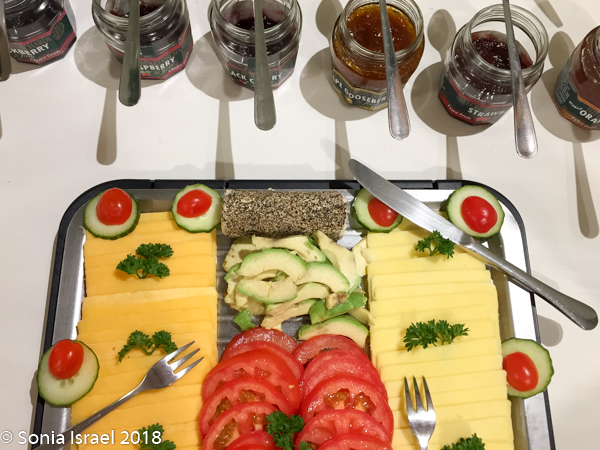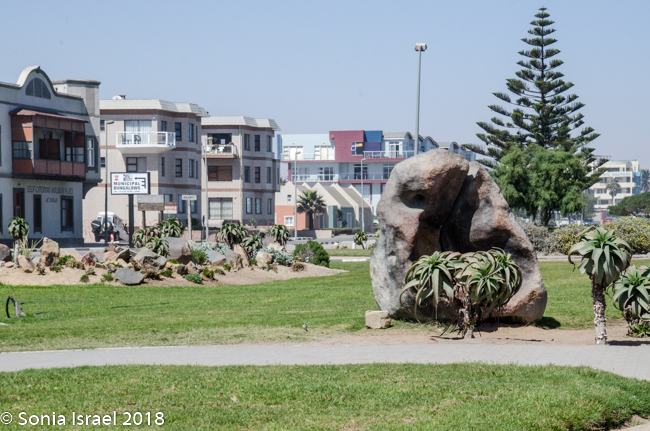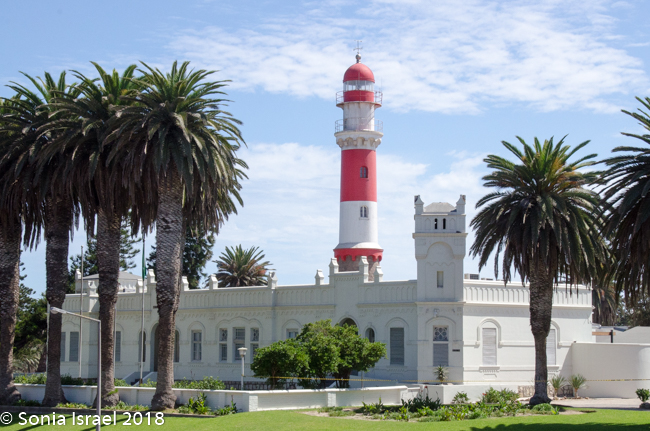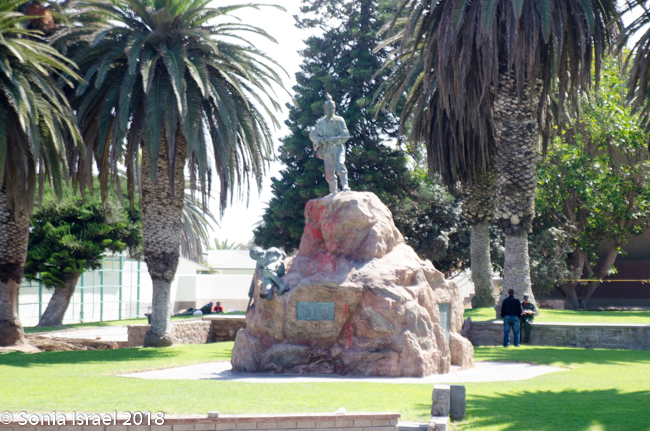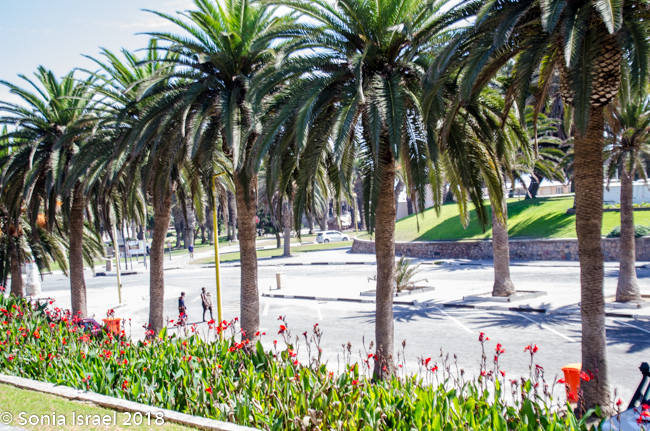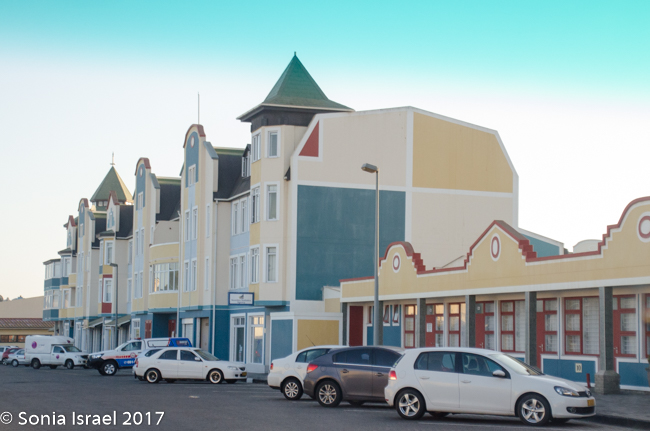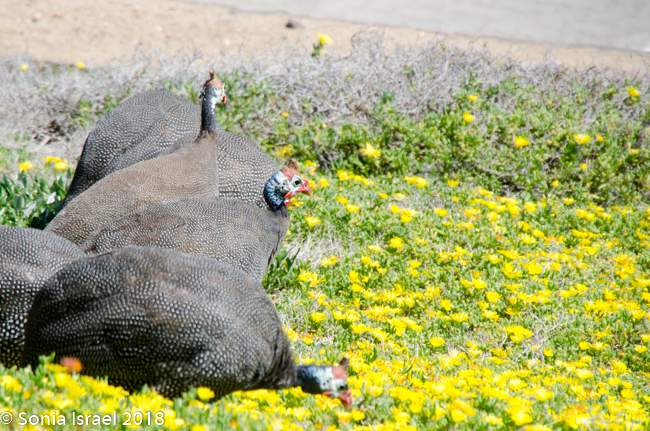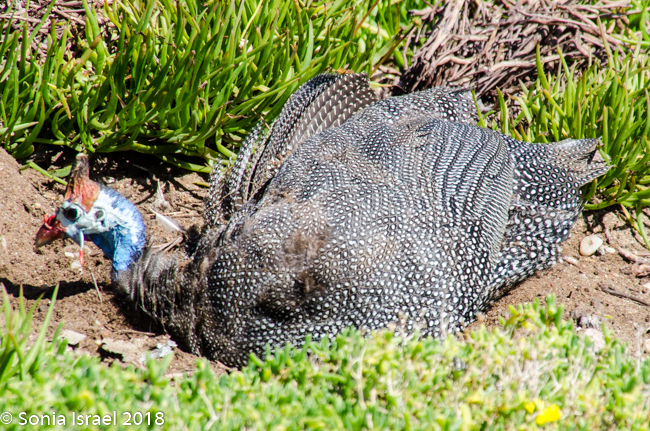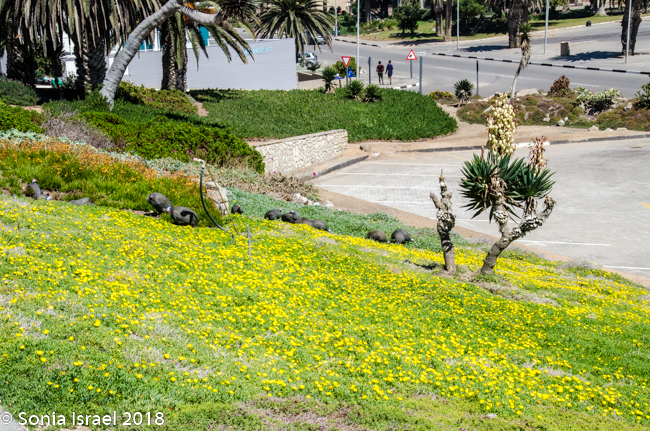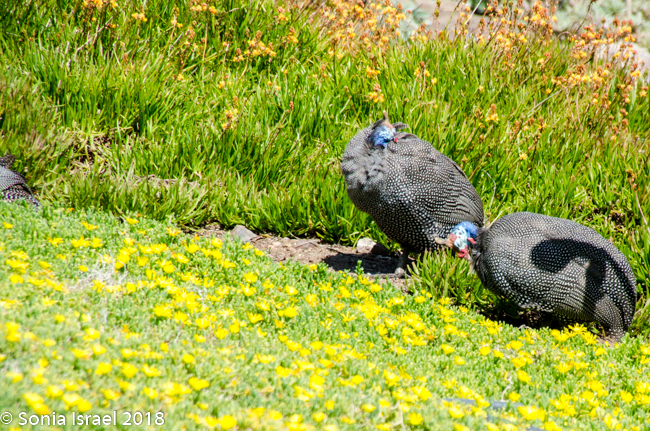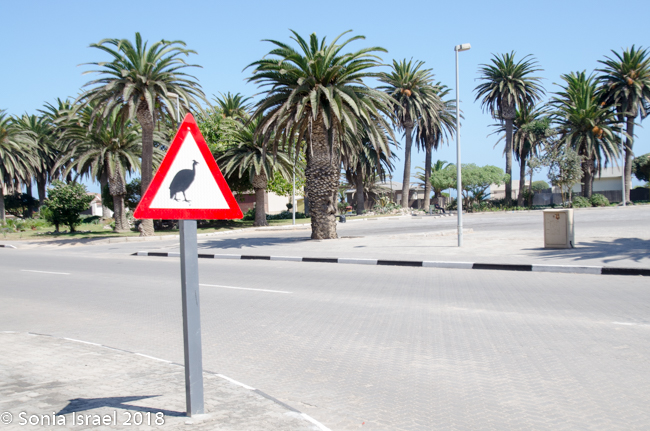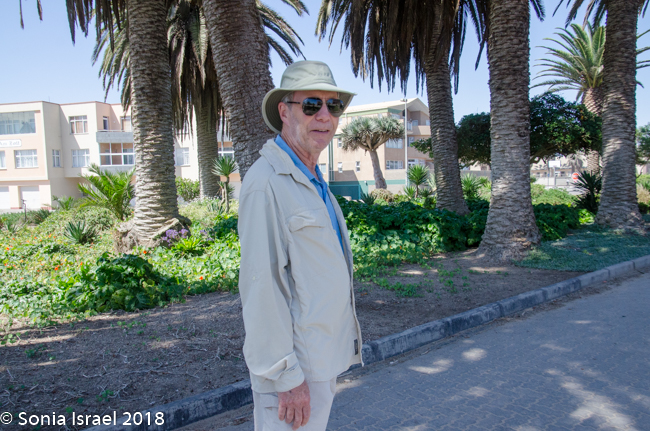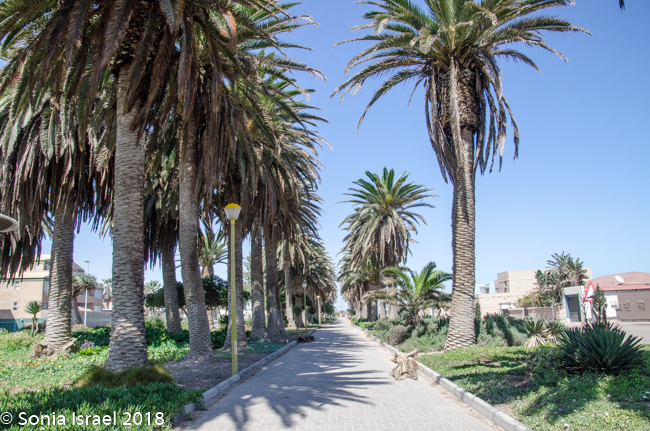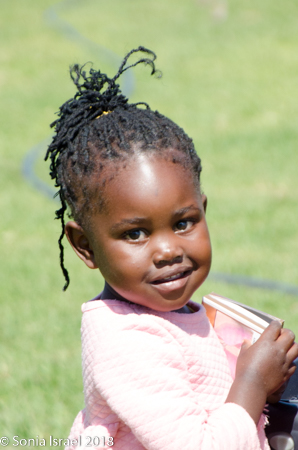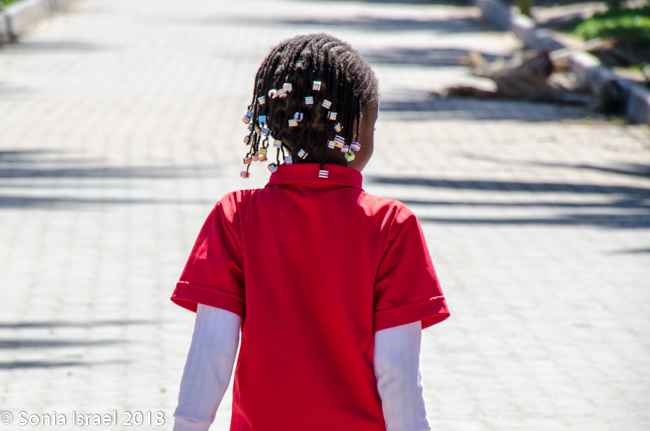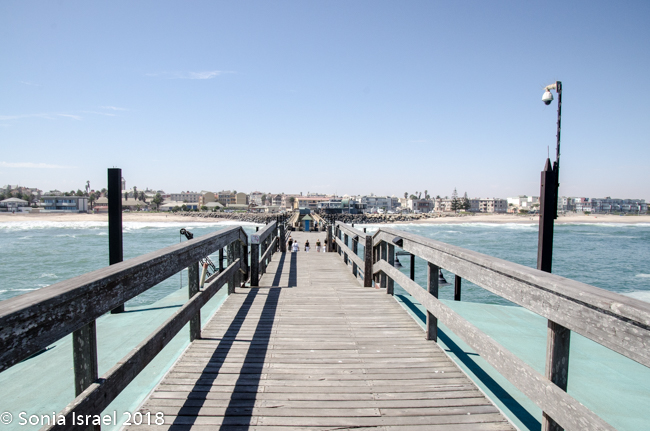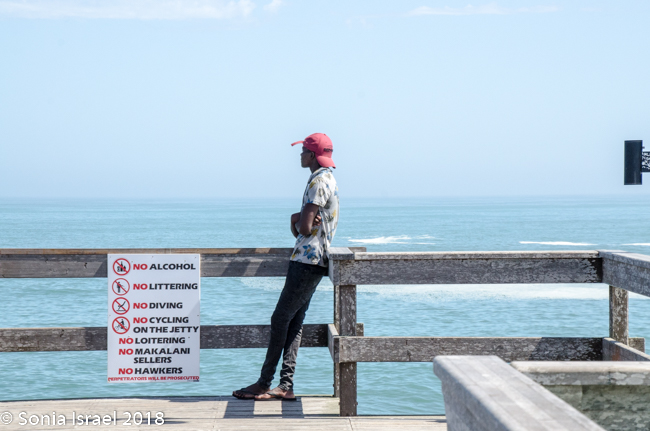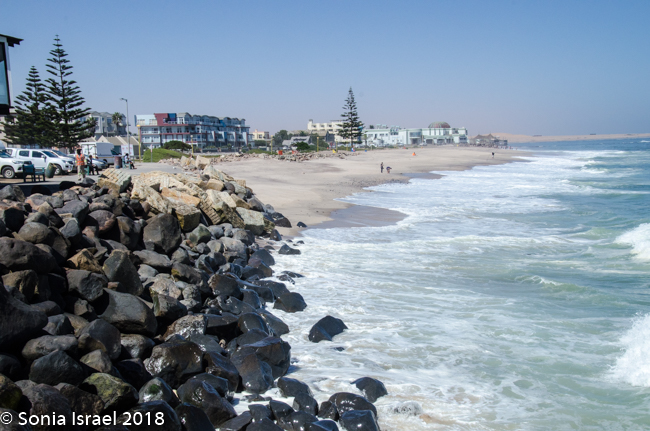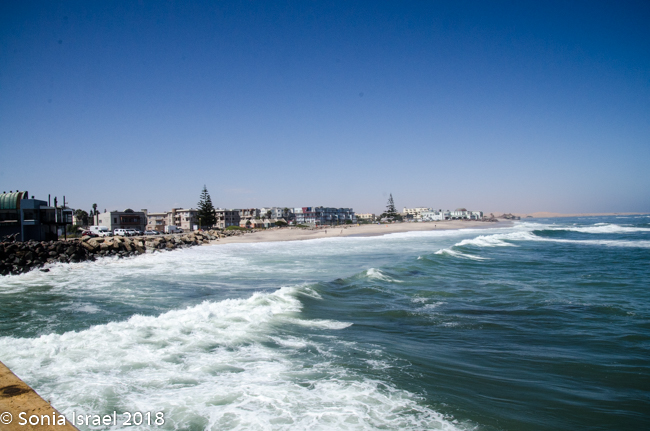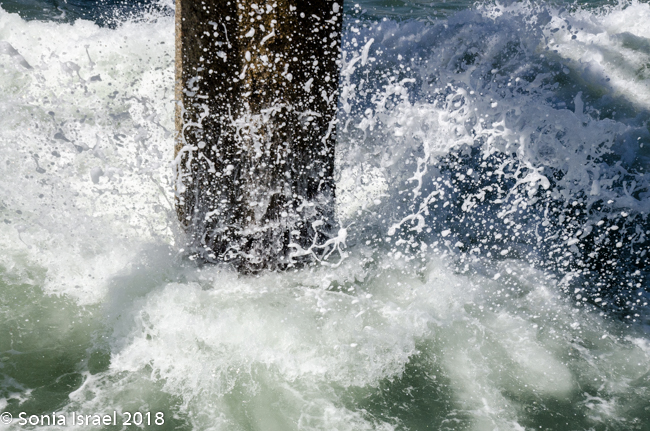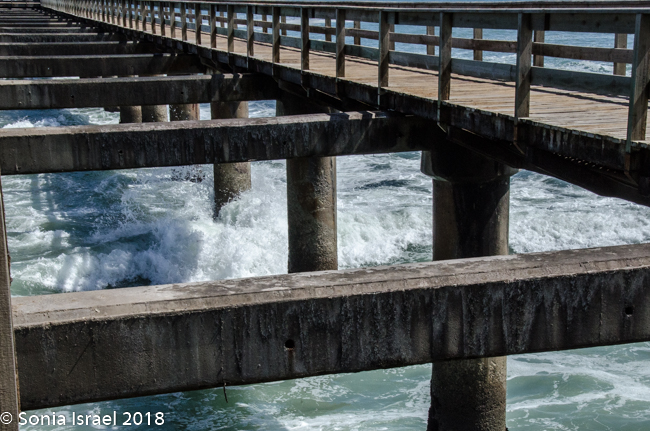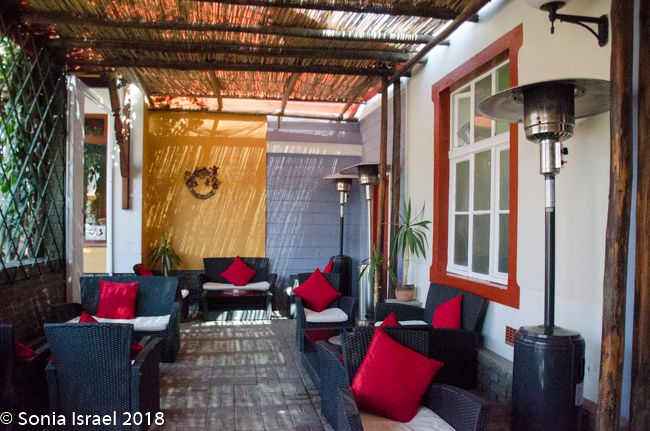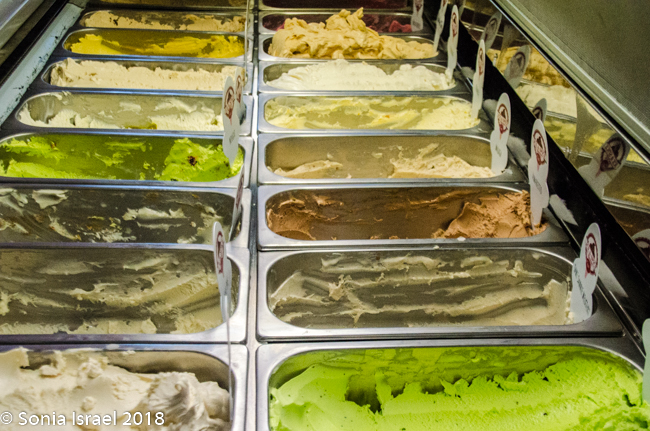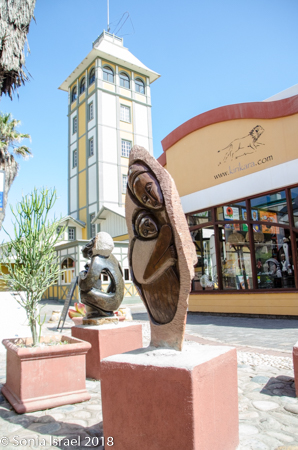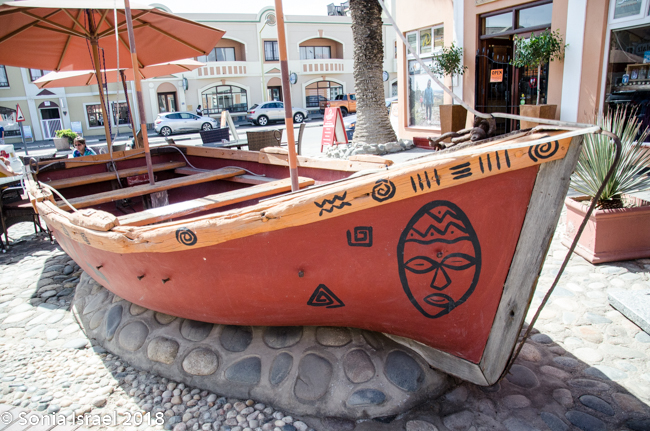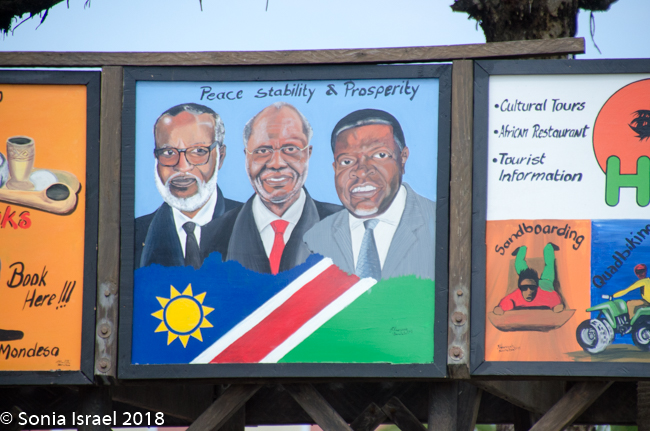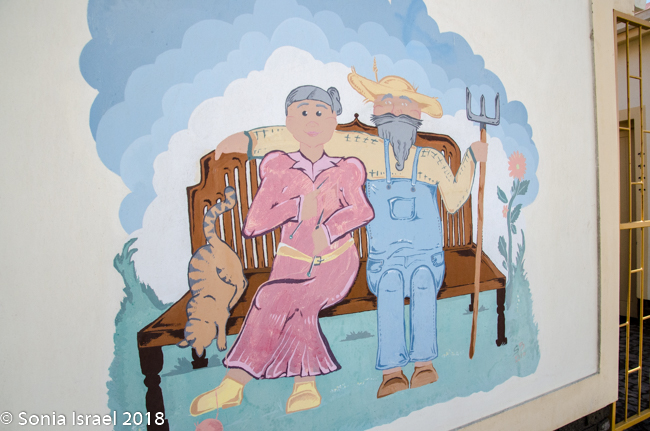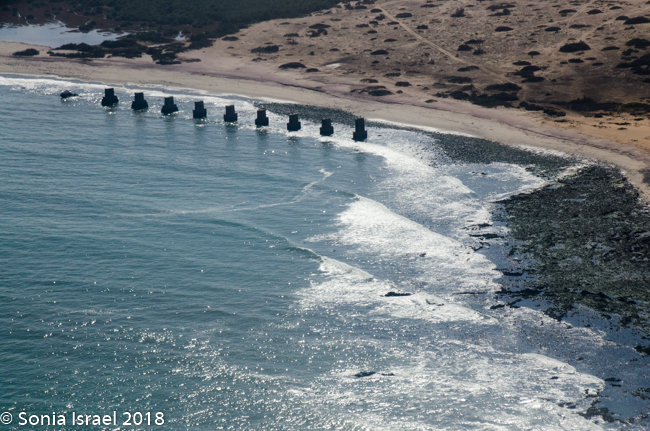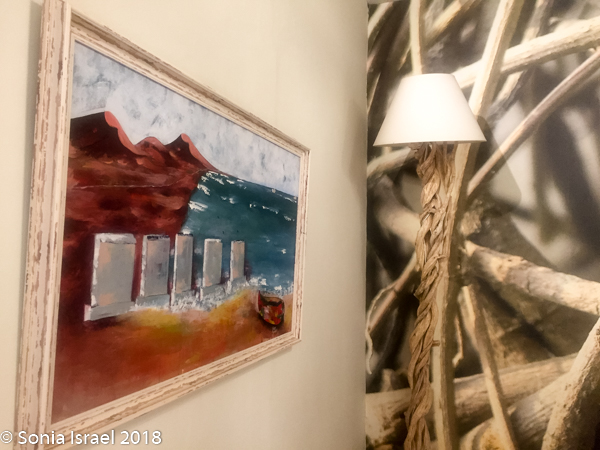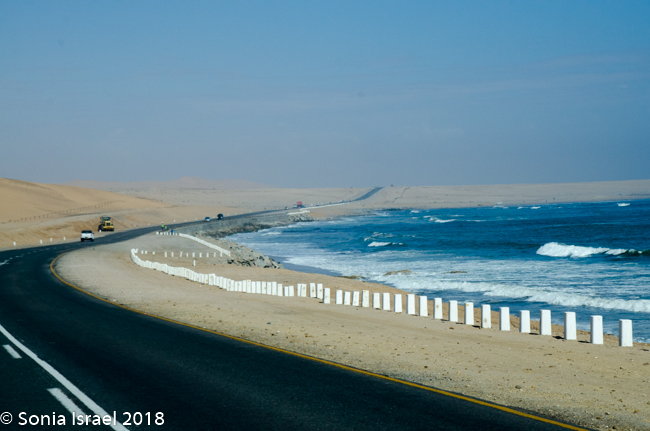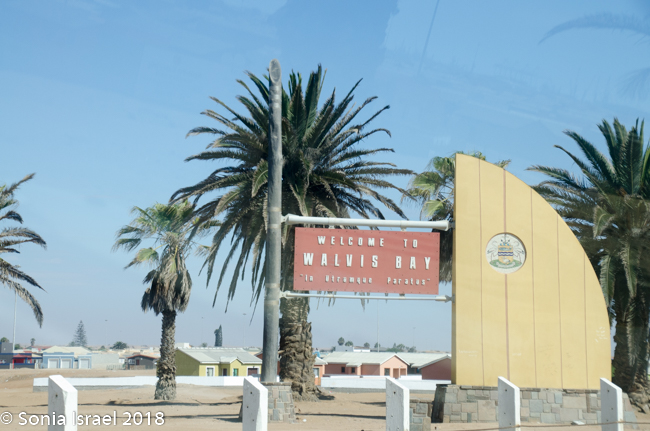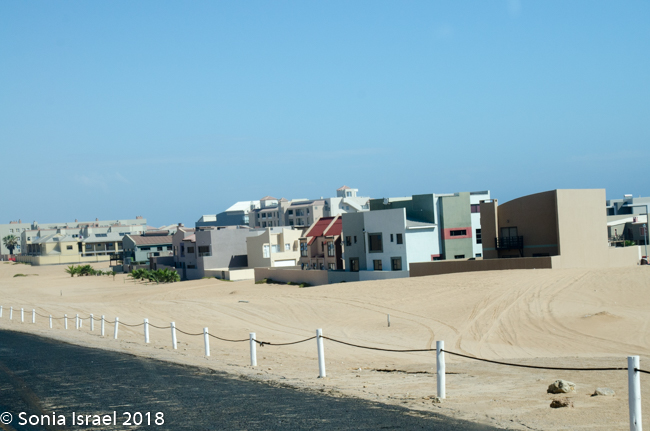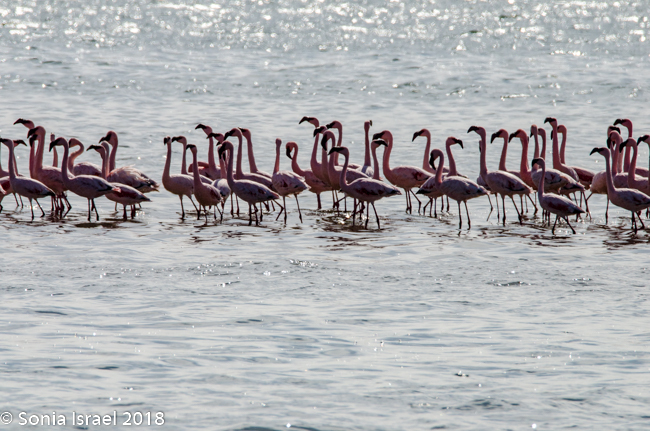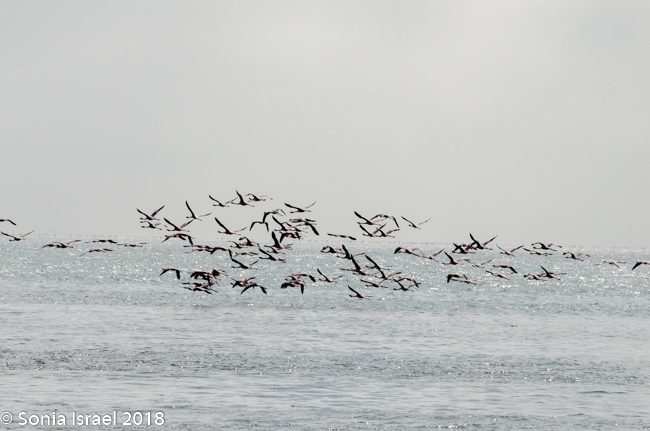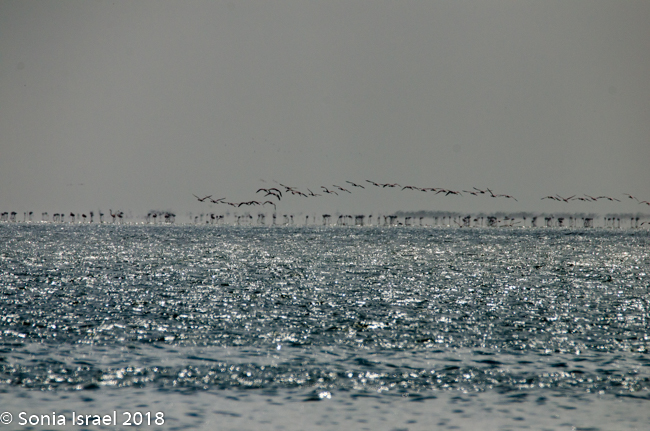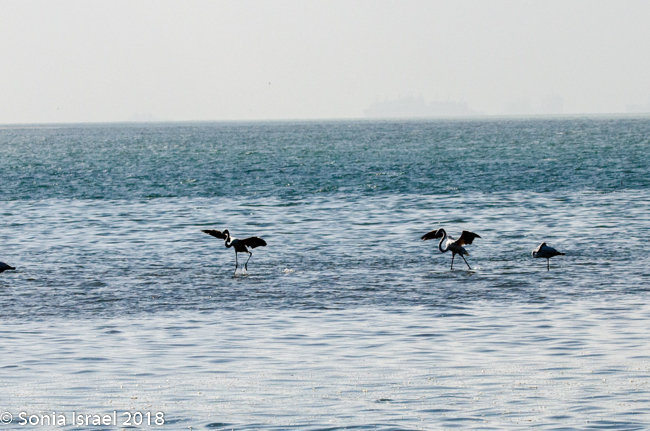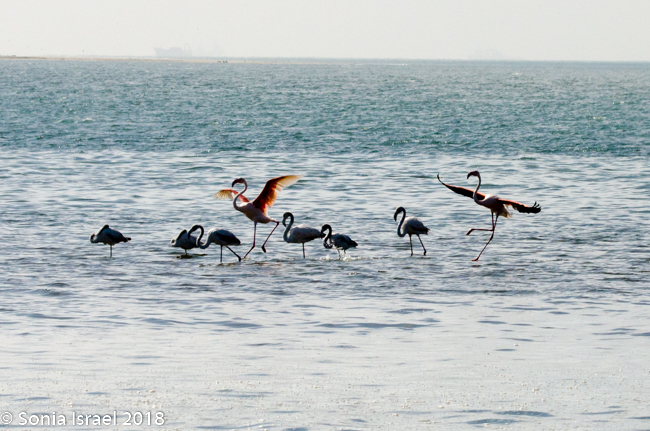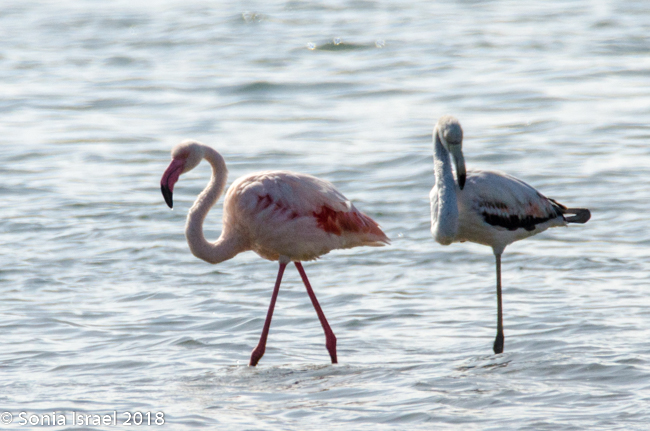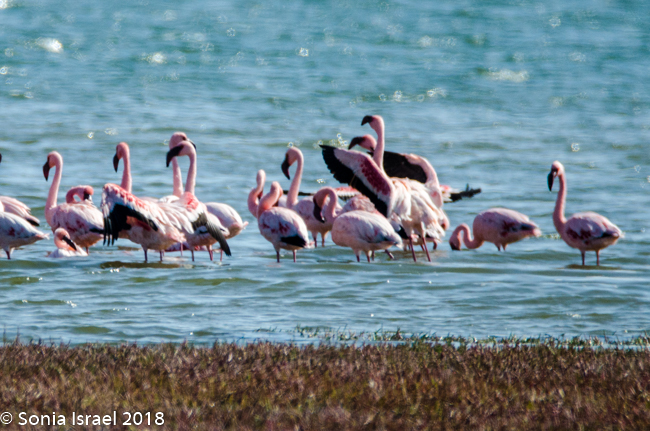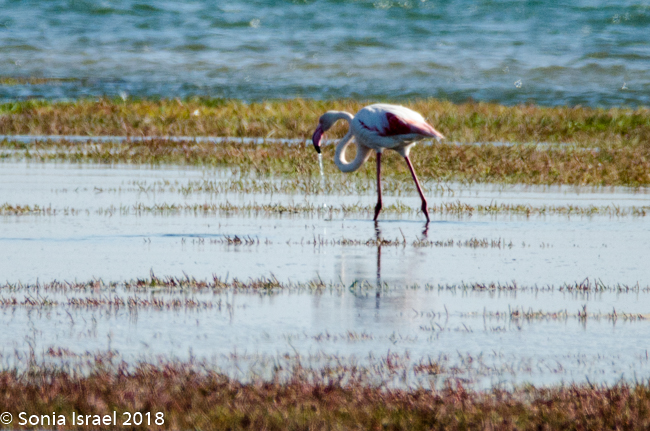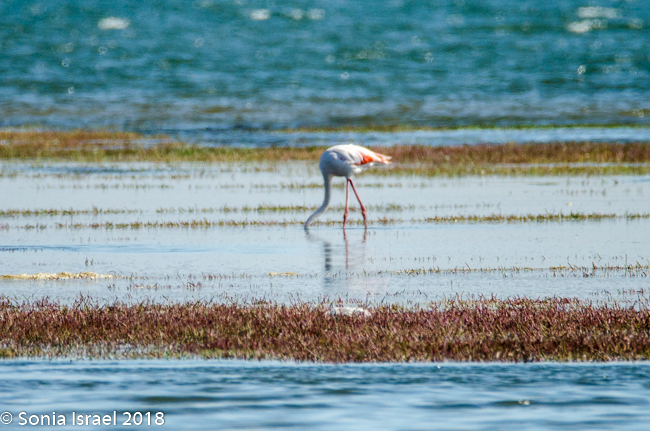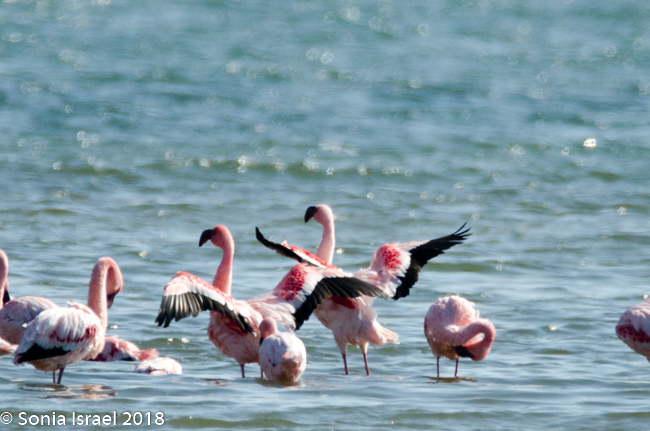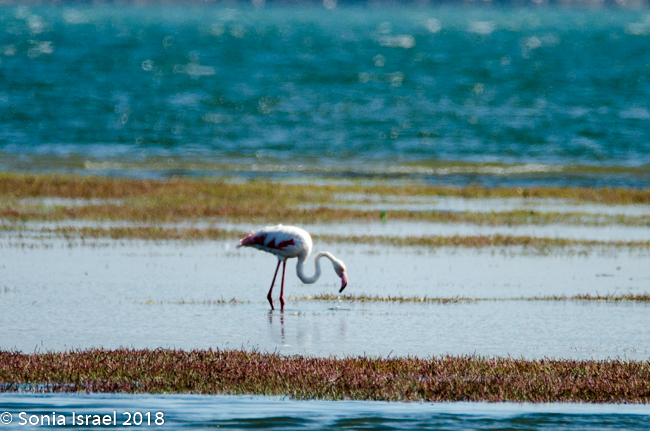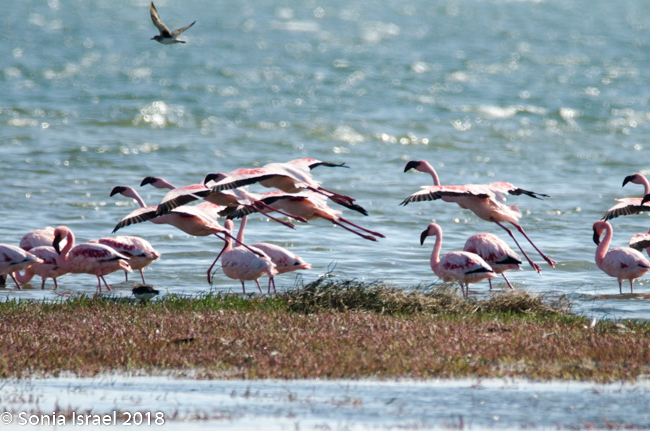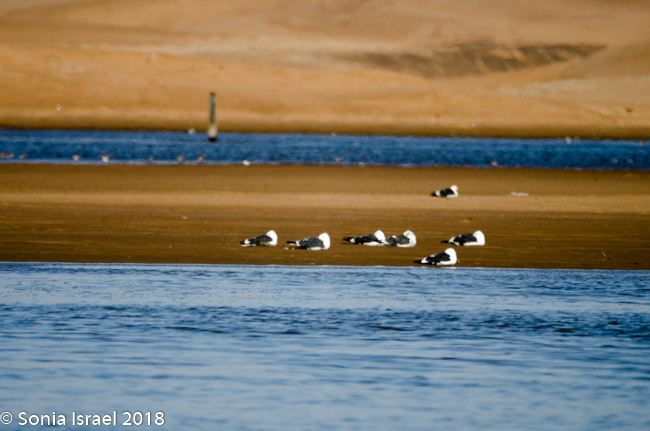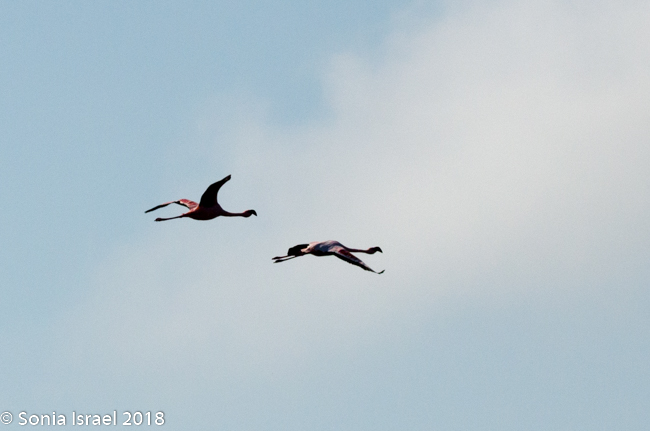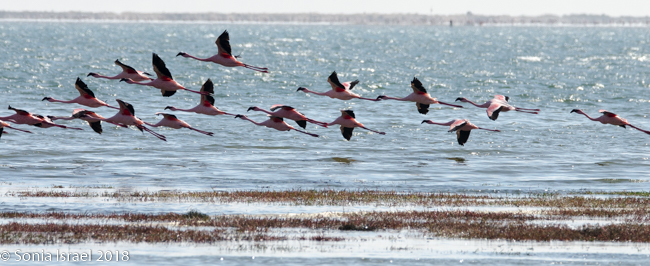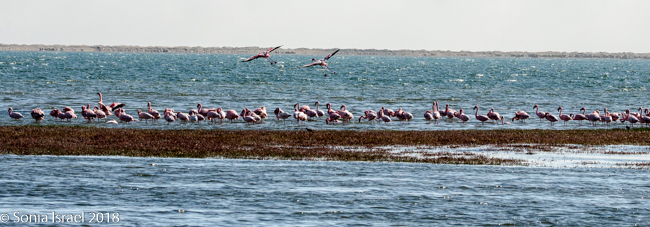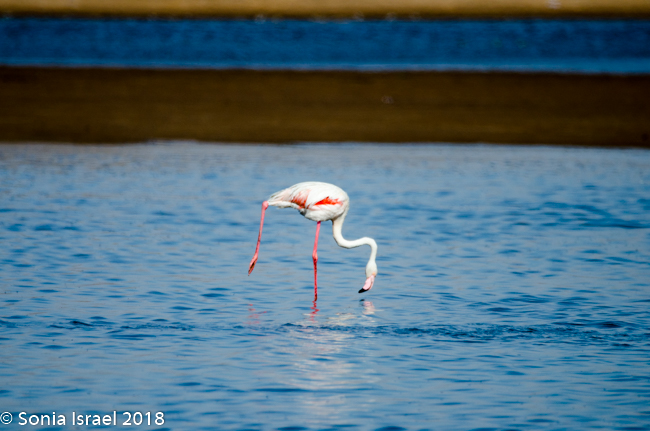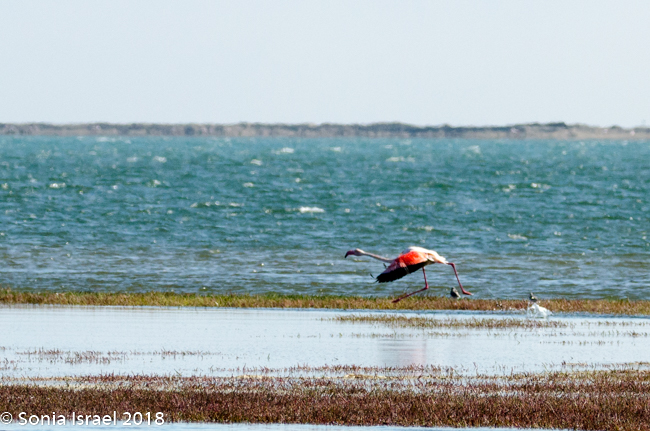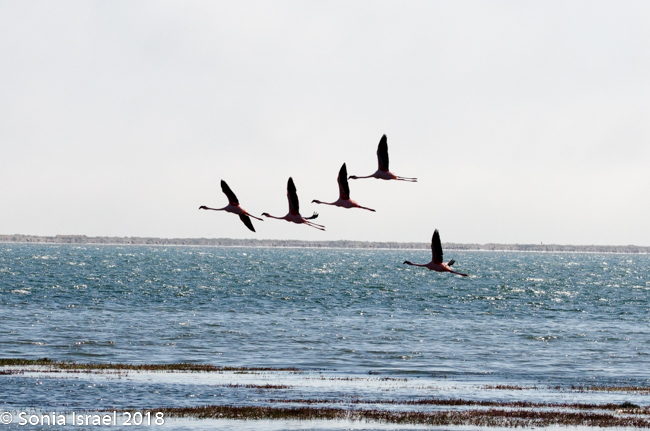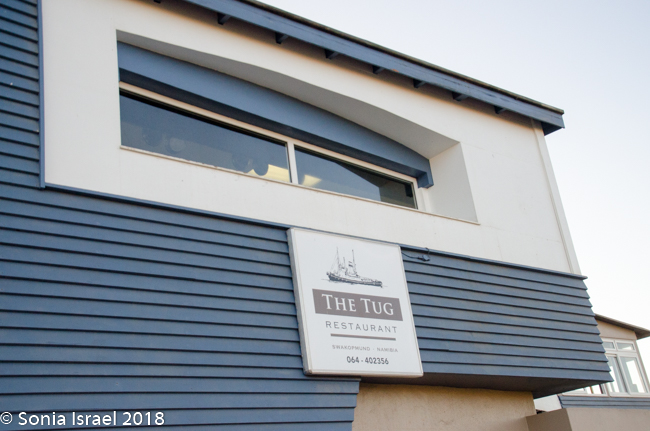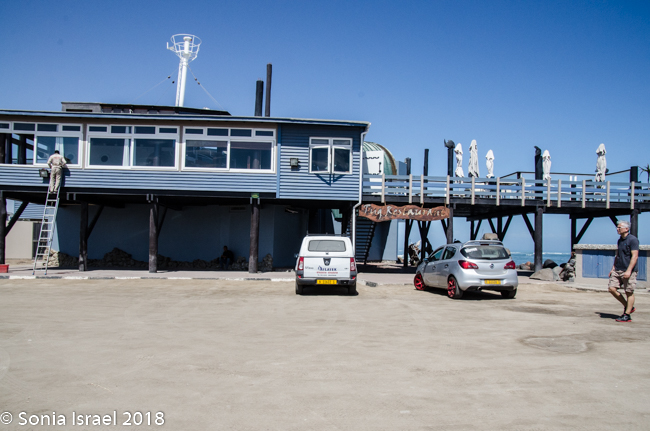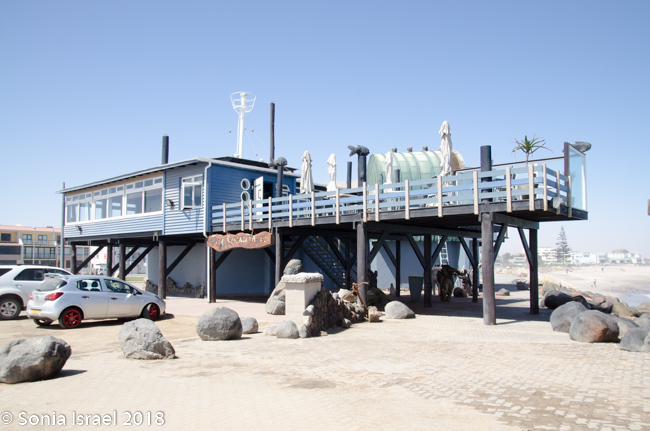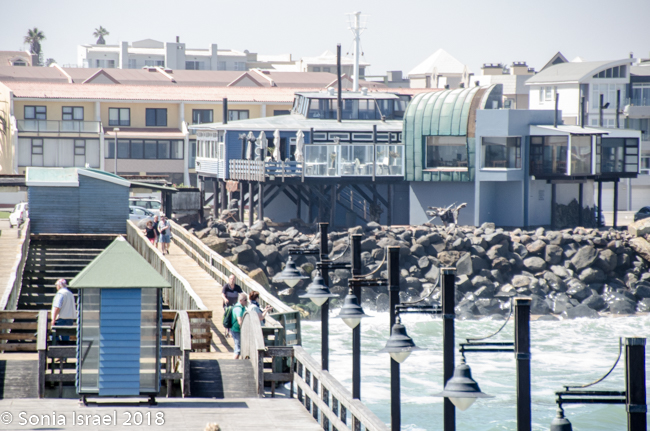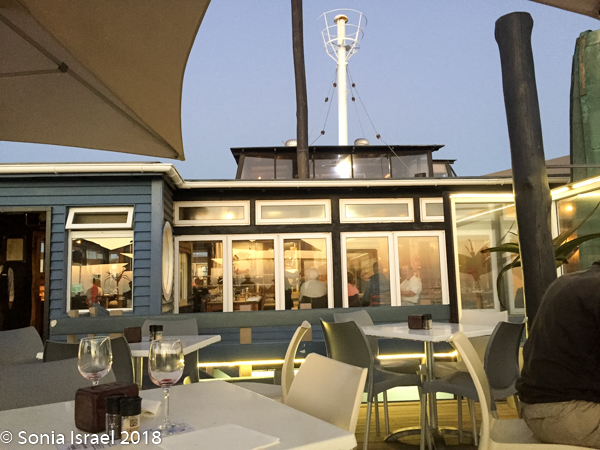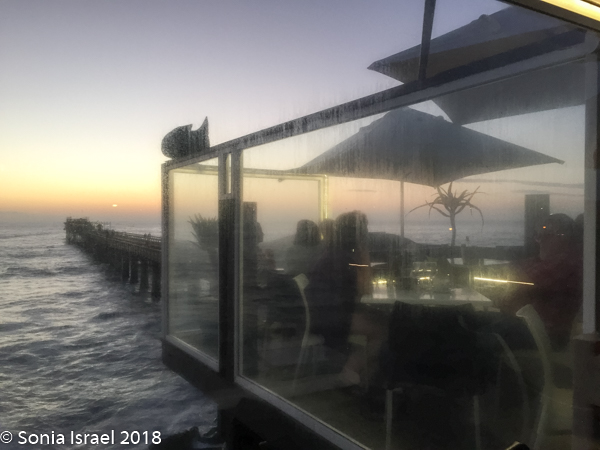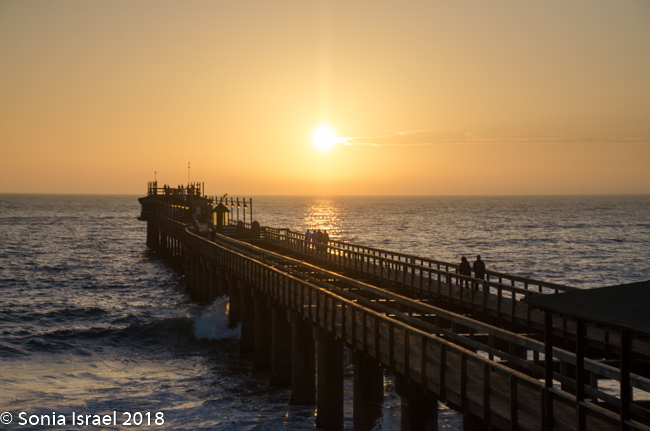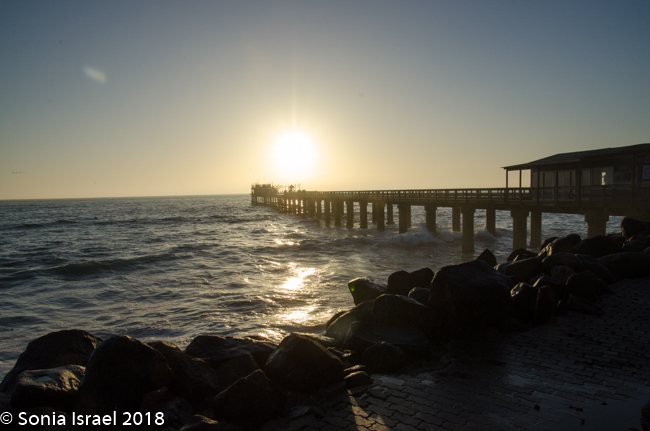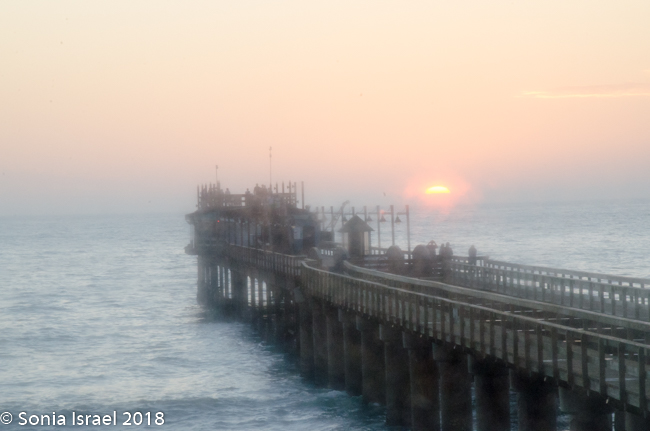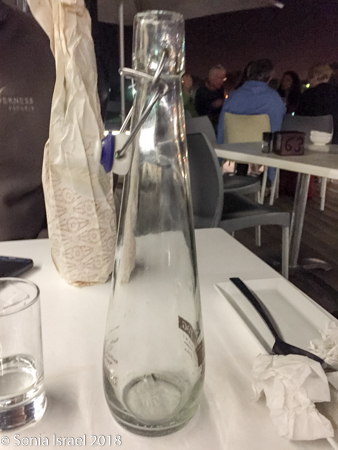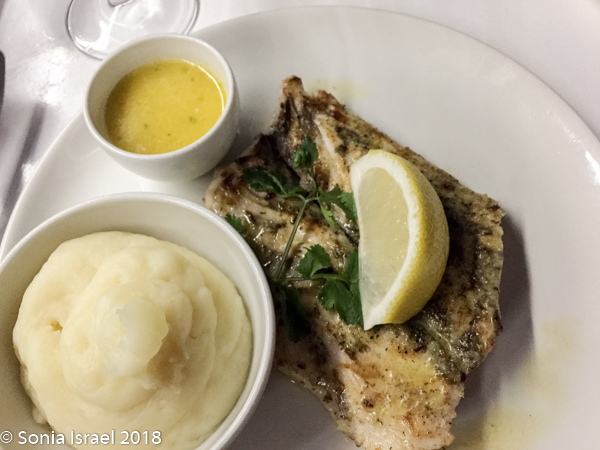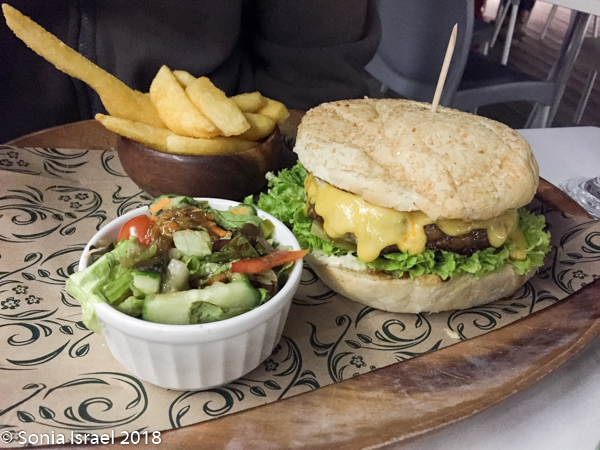April 16, 2018
Arriving in Swakopmund
We flew from Sossusvlei to Swakopmund, to keep from having to drive for six hours and to get the view of the dunes and the coastline from up above (see the Namibia Chapter 1. Sossusvlei post). As we approached the city, we could see Walvis Bay with its fishing boats and then suddenly the desert began being filled with homes. It was sort of amusing to see houses with sand in their yards. No lawns. Just sand. City or not, this is still the desert. But there were straight paved streets, a park or two, and as we got closer to the airport, what looked like a township (what we in America call a shanty town or a slum). This was Mondesa, a suburb of Swakopmund that was once a township for the Black people of Swakopmund and is still the poorest part of town with a high rate of unemployment. And you could tell all that from just looking at the houses, made of tin if they were lucky.
We landed in Swakopmund and were picked up by the driver from Sossusfly. As we drove into town from the airport, we could see that this was a small town, filled with colorful houses, shops and a few restaurants. The growing industry here is tourism.
Swakopmund
Swakopmund itself has a population of about 44,700 people, the fourth largest in Namibia. The original name was “Tsoakhaub” from the Nama meaning “excrement opening.” Yes, rather offensive, but it accurately described the waters of the Swakop River which at the time would flood carrying masses of mud, sand, vegetation and animal corpses. All this would empty into the ocean, and thus the name. The name was eventually changed to “Swachaub” and then Swakipmung, from the German, meaning “mouth of the Swakop.” German, you ask? Yes, this area came under great German influence when it was founded in 1892 as the main harbor for German South West Africa. The architecture is German. The names of the streets are German (although they have been changing since independence). And walking around, I could still hear German spoken by many of the locals.
When the Germans arrived, being farmers, they took over the best grazing areas and either threw the local tribes to the remote areas, or they killed them. They in fact killed many of the local Herero tribe. They objected to the nakedness and gave the women long, Victorian dresses, but the Herero women still wear to this day (see post about the Herero and Himba tribes).
South Africa took over from the Germans and colonized Namibia, so the although English is the official language, most Namibians also learn and speak Afrikaans.
Swakopmund Guesthouse
We were dropped off at our hotel, the Swakopmund Guesthouse. It was rather refreshing as everything was white with a nautical theme of shells, ship ropes etc. After all the dark wood in the bush, this seemed bright and cheery. The guesthouse opened at the end of 2008 and was previously a holiday house owned by the very family that runs it today. Our room was very comfortable, although small. There was wallpaper behind our bed which portrayed a peaceful view of the ocean. Each room has its own outside sitting area with a swinging cocoon chair. The wifi was strong and after so many weeks in the bush with no outside connection, it was a nice change. The shower was great, although the bathroom had a stone floor which was a bit hard on bare feet. The next morning we enjoyed a great breakfast with lots of jams (some of which we never heard of), breads and rolls, yogurts, cheese and fresh eggs.
We dropped off our luggage, grabbed our hats, and went for a walk to explore the town. We walked about 3 blocks to the center where there were shops, a supermarket, drugstore and all the things you would expect in a a small city. We stopped in a few souvenir shops, checked out all the locals and found ourselves walking towards the water. We passed a wonderful bead shop and I couldn’t help but stop in. It was just before noon and the woman working there told me they were about to close for lunch. She made an exception and let me browse and shop for a few moments. Seems most of the shops close for a few hours in the heat of the day and then reopen later in the afternoon. I haven’t seen that in many years (this used to be the practice in Spain, Mexico and Israel, just to name a few, but no longer).
We walked by the Kaiserliches Bezirksgericht (State House) with its clock tower, which was once the district magistrates court but was now the president’s residence.
A Town of Guinea Fowl
We kept going, kept exploring. We found ourselves near a steep embankment full of Helmeted Guinea Fowls. That explained all the statues of Guinea Fowls I saw in all the stores. Seems Swakopmund is home to about 150 of these birds, something the tourists love more than the locals. There was even a sign on the main road warning drivers to look out for crossing Guinea Fowls.
The Swakopmund Jetty
We walked along the promenade, admiring the trees and flowers, and the especially the beautiful children.
We found ourselves at the water’s edge. There was a long jetty, but at the start of it was a ticket both that said $5.00. I asked if you really have to pay to walk on the jetty, and they laughed and said, no, the cost was to use the bathroom. Poor signage!
Andy and I walked up the jetty to the very end where we could watch both the people enjoying the fresh air and sunshine, and the water crashing against the posts. The wooden jetty was built in 1905 as a cargo and passenger landing site. But it was battered by the high seas and needed to be replaced, this time with iron posts, in 1911. But for us, and for many others, it was a beautiful way to see the ocean and to look back at the city.
The Ice and Spice Cafe
We made our way back to the hotel to look for Charles, our guide. Charles had put us on the plane in Sossusvlei, and then drove up while we flew. He just arrived as we made it back. He had to go get permits for our drive the next day to the Skeleton Coast, so Andy and I wandered back to town for lunch. We wanted something light and found the Ice and Spice Café, owned and run by a lovely couple, Paul and Edith Stroh. It was in a small pedestrian mall, the Ankerplatz, and had outdoor seating which appealed to us. Little did we know it had the best ice cream in town! We grabbed a table and enjoyed a light lunch (cheese toast for me and a creamed spinach, feta and mushroom panini for Andy). The surroundings were lovely and the lunch delicious.
A missing railroad?
When we flew over Swakopmund, I noticed a line of what looked like concrete pillars. And in the restaurant at the Swakopmund Guesthouse, there was a painting of them. And as we drove south towards Walvis Bay, I saw them again. But what were they? It turns out that in May of 2017, the waters receded and suddenly these posts appeared on the beach at the mouth of the Swakop River. Local residents could only guess at what they were. Turns out they were remnants of an old railway line believed to date back to 1915. The railway line was constructed between the dunes and the beach (not behind the dunes) and featured a bridge over the Swakop River mouth. But this railway line’s success was short-lived, as the Swakop River came down in full flood only four days later and washed away 244 meters of the newly completed railway line. The efficiency of the repair work was astonishing as the line was repaired and reopened again only two days later. But over time, the floods returned and finally in 1931, the bridge collapsed. The water covered it for decades and the posts were only again recently found. A new landmark in Swakopmund!
Walvis Bay
We got back to our guesthouse, met up with Charles, climbed back into the Road Cruiser and headed south towards Walvis Bay. Walvis Bay, which means Whale Bay, is a small town which was a safe haven for sea vessels due to its natural deep harbor. Because it was rich in plankton and marine life, it attracted large numbers of whales; thus the name. It is situated just north of the Tropic of Cancer, which we had passed on our first day (see post on Sossusvlei). There is also political significance to Walvis Bay. When Namibia got its independence from South Africa in 1990, South Africa kept Walvis Bay. It was only in 1994 that the UN declared that “the territorial integrity and unity of Namibia must be assured through the reintegration of Walvis Bay within its territory.” Therefore, many Namibians consider 1994 the true date of independence.
We passed sand and sand and sand and sand dunes. At one point however, we passed a development with green grass and larger houses. This is what Charles called the “rich area.” This is where Angelina Jolie has (or had) a home. There is finally a gas station here, but still no supermarket so those living here have to drive to Swakopmund to shop. But I am sure that in 5 years, were I to return, I would see houses all along the coast between town and here. There is already building going on everywhere.
Greater and Lesser Flamingos
But our destination in Walvis Bay was the shallow and sheltered lagoon just southwest of town and west of the mouth of the Kuiseb River. It is here that one finds flocks of both the lesser and greater flamingos. Charles comes every August to count the birds and he told us that there are hundreds at that time of year. But in April, at this time of year, most of the birds have flown north to Etosha. Still, we were hopeful we would see some. And we did. We pulled into a parking lot right at the edge of the lagoon and watched the birds just standing around on their one leg. And then more flamingos started flying in. At one point, a family with a young girl stopped by and she made noise to scare the birds. They rose as if they were one, and soared into the sky, forming different patterns as they flew into the horizon.
We got back into the car and drove a bit further, hoping we would find some more. And we did. They slowly flew back to this new location, pink and black wings shimmering in the sun, and gracefully landed, feet first, into the water. There reflections gazed back at them as they dipped their heads into the water to eat. It was graceful and magnificent. I can only imagine what it must look like when there are hundreds upon hundreds of them.
We drove back to Swakopmund, happy and satiated. We had been so successful in all that we did here in Namibia. And we still had many days to go.
Tug Restaurant
That night Charles had made reservations for us at the Tug Restaurant, at the foot of the jetty. The restaurant was designed and built around an original tug boat at the bar and in the upper bridge. This is where they had reserved a table for us, but we preferred to sit outside. And so we did, watching the sun set over the jetty, drinking our wine (or beer or water, as the case may be). I mention the water as it came in a beautiful bottle which Charles loved and coveted. So I bought it for him which brought the biggest smile to his face.
I decided that this was the place to have great fish, and luckily, the special was a local Namibian fish, the Kabeljou, also known as the South African Kob, Daga, Drum or Daga Salmon. I had never heard of it. It was succulent and firm with large flakes of meat. And it was delicious (and we had it a few more times while in Namibia). Turns out Kabelijou mean ‘cod’ in Afrikanns, but it is not the same as the cod fish we know.
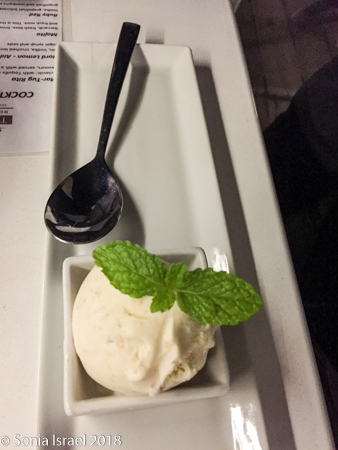 And for dessert? Ice cream from the Ice and Spice Café. Great end to a great dinner and a great day.
And for dessert? Ice cream from the Ice and Spice Café. Great end to a great dinner and a great day.
